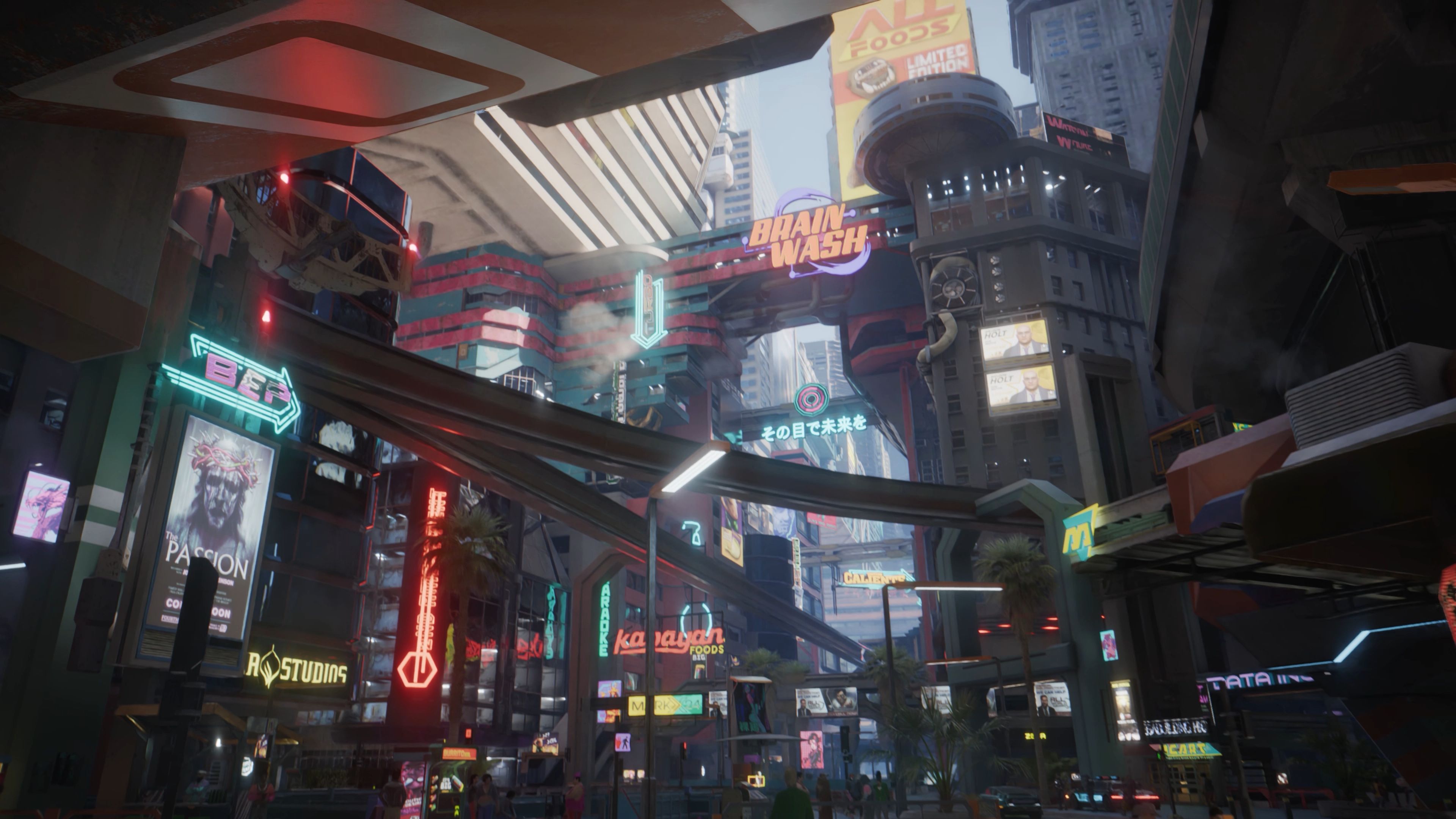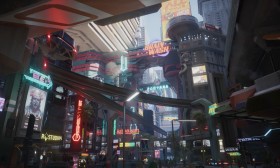Dead Space Remake Score Breakdown: Horror and Atmosphere Ratings
The Dead Space franchise has long been revered as a pinnacle of survival horror, blending visceral body horror with a suffocating sense of dread. With the release of Motive Studio’s 2023 remake, the series returned not just with a visual overhaul, but with a reimagined and meticulously crafted audio landscape. The soundtrack, led by original composer Jason Graves and new collaborator Trevor Gureckis, does more than accompany the player—it actively hunts them. This breakdown explores how the score elevates the game’s horror and atmosphere, dissecting its components and rating their effectiveness.
The Legacy of the Original Score
To understand the impact of the remake’s score, one must first acknowledge the foundation laid by Jason Graves in 2008. The original Dead Space score was revolutionary for its use of dissonance, unpredictable stabs, and atonal strings. It rejected traditional melody in favor of "sound design as music," creating a soundscape that felt inherently wrong, unsettling, and alien. This wasn’t music to be enjoyed; it was an auditory manifestation of the Marker’s insanity.
The remake had a high bar to clear. It needed to honor this legacy while leveraging modern audio technology to push the horror into new, terrifying dimensions.
The Architecture of Dread: Sound Design as Music
Rating: 10/10
The most profound success of the remake’s audio lies in its seamless fusion of music and sound design. The line between a musical cue and an environmental sound is intentionally blurred, creating a constant state of auditory paranoia.
The Ishimura itself is an instrument. The groaning of bulkheads, the hiss of steam, the distant clanging of metal, and the malfunctioning machinery are all rhythmically woven into the score. These elements are not random; they are orchestrated. A low, metallic drone might sustain beneath the ambient noise, slowly rising in pitch until it triggers a fight-or-flight response. This technique ensures the player is never truly in silence. Even in moments of calm, the ship is alive with ominous sound, suggesting that the environment itself is a malevolent, breathing entity.

The use of the "Layer System" is masterful. The score dynamically reacts to the player’s situation, adding and subtracting layers of intensity. Walking down an empty corridor might feature a low, atmospheric hum with faint, whispering strings. The moment a Ventilation Duct shudders, a percussive, metallic element enters the mix. When a Necromorph emerges, the score erupts with horrific, stabbing brass and chaotic, panicked rhythms. This reactivity makes the horror feel personal and unpredictable. The music is a direct response to your actions and failures, deepening the immersion exponentially.
Reimagined Themes: The Marker’s Siren Song
Rating: 9.5/10
While the original score largely avoided melody, the remake introduces more defined, yet deeply twisted, thematic material for the Marker. This is not a heroic theme; it’s a corrupting lullaby. It often manifests as a distorted, echoing choir singing in a fabricated language, or a haunting, music-box-like melody played on glitching, unnatural synthesizers.
This theme appears at key narrative moments, particularly those involving Nicole or the Marker’s hallucinations. Its purpose is twofold: to unnerve and to seduce. The melodic fragments offer a fleeting sense of beauty or order, which is immediately undercut by dissonance and audio distortion. It perfectly audioizes the Marker’s promise of "Unity"—a beautiful lie masking cosmic horror. Its recurrence throughout the journey ties the narrative together and provides an auditory anchor for the game’s central evil, making it far more memorable and insidious than a simple jump-scare generator.
The Art of the Jump Scare: Percussion and Stingers
Rating: 9.0/10
A core tenet of Dead Space is the sudden, violent appearance of Necromorphs. The audio team understands that a jump scare is 90% sound. The score employs a arsenal of audio weapons for these moments:
- The "Shock Sting": A signature sound from the original returns: a sudden, explosive burst of percussion, like a hammer striking a sheet of metal combined with a deep, sub-bass boom. It’s designed to trigger a physiological response—a jolt of adrenaline and fear.
- Tension Builds: Before the strike, the score builds tension masterfully. It utilizes rising Shepard Tones (an auditory illusion of a perpetually ascending pitch) and escalating string glissandos to create a feeling of inescapable dread. You know something is coming, but the music tells you it’s already too late.
The reason these scares work so well is their restraint and intelligence. They are not overused. The score spends much more time building anxiety than paying it off, making the eventual payoff far more impactful. The audio cues are also spatially aware, using 3D audio tech to make sounds—and therefore threats—feel like they are coming from all around you, especially with a quality headset.
The Sound of Silence: Atmospheric Ambience
Rating: 10/10
Perhaps the score’s greatest achievement is its understanding of silence. True silence is rare aboard the Ishimura. Instead, the composers use "negative space" filled with atmospheric ambience. This includes:
- Sub-bass Rumbles: Frequencies so low they are felt more than heard, creating a subconscious unease.
- Whispers and Voices: Faint, unintelligible whispers that seem to emanate from the walls, implying the constant psychological presence of the Marker.
- Biological Horrors: The squelching, wet sounds of the Necromorph biomass that carpets the ship, a constant reminder of the gory reality of your situation.
This ambient layer is the bedrock of the game’s atmosphere. It defines the personality of each location, from the cold, mechanical hum of the Flight Deck to the wet, pulsing horror of the Hydroponics Deck. It is a continuous, oppressive weight on the player, making every moment spent exploring feel perilous.
Conclusion: The Ultimate Weapon of Fear
The Dead Space Remake’s score is not merely a companion piece; it is the central nervous system of the game’s horror. It is an active, dynamic, and intelligent predator that stalks the player from the first minute to the last. By masterfully blending sound design with music, reintroducing melodic themes as tools of corruption, and using silence as a weapon, composers Jason Graves and Trevor Gureckis have created a modern masterpiece of interactive audio.
It earns a near-perfect score for Horror (10/10) and Atmosphere (10/10). It sets a new benchmark for how sound can be used to generate fear, proving that the most terrifying monsters are not just what you see, but what you hear—and what your mind is forced to imagine. The Ishimura’s chorus of despair is a symphony of horror, and every player is an unwilling participant in its performance.














